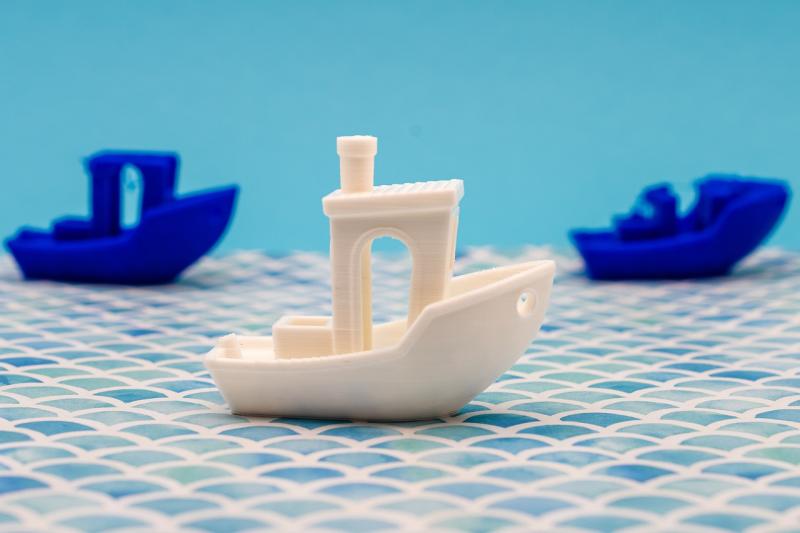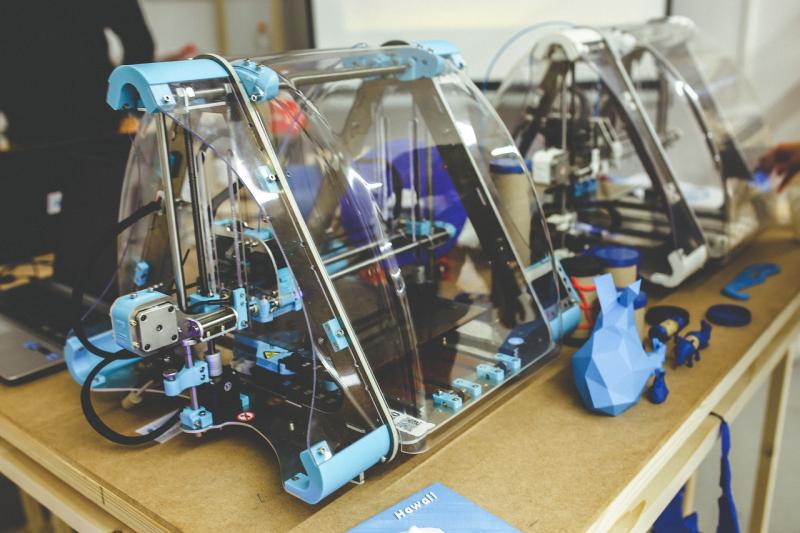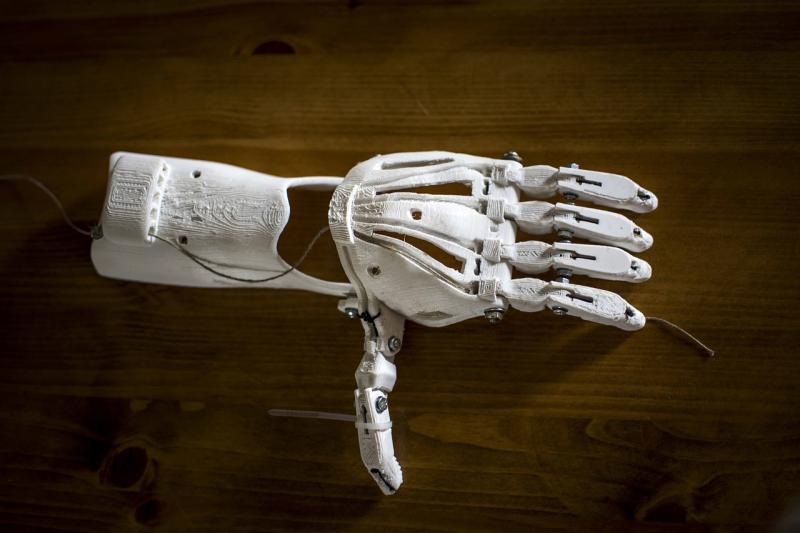If you're ready to dive into the world of 3D printing, you’re in for an exciting ride! Getting started is a lot easier than you might think. First things first, you need a decent 3D printer. Look for one that fits your needs and budget. You can choose from a range of options, from budget-friendly models for beginners to more advanced machines for those looking to create intricate designs.
Once you have your printer, it’s time to get familiar with the software you'll be using. Many printers come with their own slicing software, which takes your 3D model and converts it into a format the printer can understand. Don’t worry if you’re not a tech whiz; many of these programs offer tutorials and are user-friendly. Explore features like customizing print settings and scaling your designs.
Now, let’s talk about design! You don’t have to be an expert to create awesome 3D prints. There are plenty of free design software options out there, like Tinkercad, which is perfect for beginners. You can also find thousands of free 3D models online if you want to hit the ground running without designing from scratch.
Don’t forget about materials! The filament you choose can make a huge difference in your prints. PLA is a fantastic starting point since it’s easy to work with and comes in many colors. As you get more comfortable, you might explore other materials like ABS or PETG for different properties, like flexibility or durability. Experimenting with different filaments can really expand what you offer in your small business.
Lastly, jump into the 3D printing community. There are tons of forums and groups online where you can ask questions, share your prints, and get feedback. Connecting with others can be incredibly helpful as you start your business journey. Enjoy the process, learn as you go, and have fun bringing your ideas to life!
Choosing the Right 3D Printer for You
Choosing the right 3D printer can feel overwhelming, but it doesn’t have to be. First, think about what you want to create. Are you planning to print toys, custom parts, or maybe even jewelry? Each project might need a different type of printer, so keep that in mind.
Next up is the budget. 3D printers come in all price ranges. If you’re just starting out, you might want to consider a reliable entry-level printer that won’t break the bank. Look for models that offer good support and parts availability. You want to be sure that you can get help if needed!
Don’t forget about size and build volume. If you plan to create larger items, a printer with a bigger build area is essential. On the flip side, if space is tight in your workshop, a compact printer might be more suitable. Check the specs to ensure it fits your workspace and meets your project needs.
Lastly, consider the materials you want to use. Some printers can only handle basic filament, while others can work with more advanced materials like resin or flexible filaments. If you want to experiment with different materials, look for a versatile printer that allows for that kind of creativity.
Creating Your First 3D Print Project
Getting started with your first 3D print project can be really exciting! You don’t need to be a tech whiz to dive in. All you need is a 3D printer, some filament, and a vision for what you want to create. It’s all about finding something that interests you, whether it’s a cool gadget, a unique piece of art, or a practical item for your everyday life.
First off, think about what you’d like to print. Check out popular designs on websites like Thingiverse or MyMiniFactory. They have tons of free models you can download. Pick something simple to start with—like a keychain or a phone stand. It’s important to pick a project that matches your skill level, so don't go for the intricate stuff just yet!
Once you have your design, download it and load it into your slicing software. This software prepares your model for printing by converting it into a file format your printer understands. Make sure to adjust the settings based on your printer and the material you’re using. Don't worry if it takes a few tries to get it just right; that’s part of the learning process!
Now, it’s time to set up your printer. Make sure it’s in a good spot, level the bed, and load your filament. Once everything is ready, hit that print button! Grab a snack, chill out, and wait for your printer to work its magic. When it’s done, carefully remove your print and admire your handiwork!
Remember, every print is a chance to learn and improve. If something goes wrong, don’t sweat it. Just troubleshoot and take notes for next time. Keep experimenting, and soon enough, you'll feel confident tackling more complex projects. The world of 3D printing is at your fingertips!
Marketing Your 3D Printed Products Online
Getting your 3D printed products in front of the right audience is key to building a successful small business. First things first, do some homework on where your potential customers hang out online. Social media platforms like Instagram and Facebook are fantastic for showcasing your designs. High-quality photos of your unique creations will definitely catch people’s eyes!
Another effective way to market your products is by creating an online store. Platforms like Etsy, Shopify, or even your own website can make it easy to set up shop. Make sure to write catchy descriptions that highlight what makes your items special. Don’t forget to sprinkle in some good keywords to help people find your products when searching online.
Engaging with your audience is super important. Share behind-the-scenes looks at your printing process or fun facts about your designs. You could even share tutorials on how to use or care for your products. People love connecting with brands that feel personal and relatable.
Consider running promotions or giveaways to drum up interest. Who doesn't love a chance to win something cool? Building a mailing list is also a great idea. Send out newsletters with updates, special deals, or sneak peeks at new products. This keeps your customers coming back for more!



